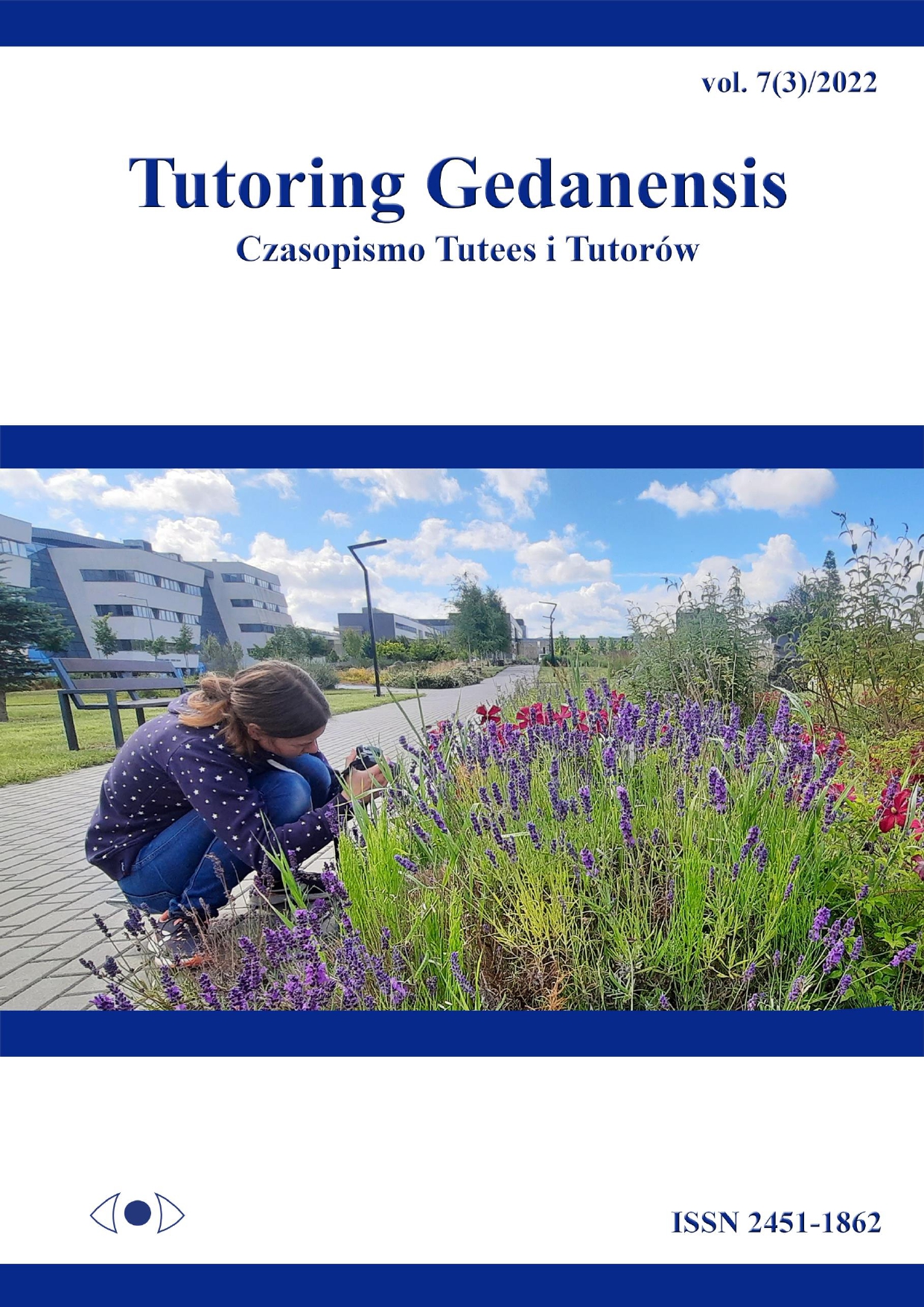Słodkie dylematy. Charakterystyka wybranych cukrów i słodzików
DOI:
https://doi.org/10.26881/tutg.2022.3.03Słowa kluczowe:
sacharoza, insulinooporność, poliole, słodziki syntetyczneDownloads
Bibliografia
Augustin, L.S.A., Kendall, C.W.C., Jenkins, D.J.A., Willett, W.C., Astrup, A., Barclay, A.W., Björck, I., Brand-Miller, J.C., Brighenti, F., Buyken, A.E., Ceriello, A., la Vecchia, C., Livesey, G., Liu, S., Riccardi, G., Rizkalla, S.W., Sievenpiper, J.L., Trichopoulou, A., Wolever, T.M.S., Baer-Sinnott, S., Poli, A., 2015. Glycemic index, glycemic load and glycemic response: An International Scientific Consensus Summit from the International Carbohydrate Quality Consortium (ICQC). Nutrition, Metabolism and Cardiovascular Diseases, 2 (9), 795-815.
Beauchamp, G.K., 2016. Why do we like sweet taste: A bitter tale? Physiology & Behavior, 164(Pt B), 432- 437.
Beecher, K., Alvarez Cooper, I., Wang, J., Walters, S.B., Chehrehasa, F., Bartlett, S.E., Belmer, A., 2021. LongTerm Overconsumption of Sugar Starting at Adolescence Produces Persistent Hyperactivity and Neurocognitive Deficits in Adulthood. Frontiers in Neuroscience, 15, 670430.
Bopp, B.A., Sonders, R.C., Kesterson, J.W., Renwick, A.G., 1986. Toxicological aspects of cyclamate and cyclohexylamine. Critical Reviews in Toxicology, 16(3), 213-306.
Chattopadhyay, S., Raychaudhuri, U., Chakraborty, R., 2014. Artificial sweeteners - A review. Journal of Food Science and Technology, 51(4), 611-621.
Chorzewska, E., Wasilczuk, U., Marczuk-Kolada, G., Obidzińska, M., Łuczaj-Cepowicz, E., Kuźmiuk, A., 2015. Wpływ nawyków żywieniowych i wykształcenia rodziców na intensywność próchnicy u dzieci w wieku przedszkolnym. Nowa Stomatologia, 20(4), 142-148.
Deis, R.C., Kearsley, M.W., 2012. Sorbitol and Mannitol. In: Sweeteners and Sugar Alternatives in Food Technology, 331-346. Wiley-Blackwell.
Fonseca, E., de Lafuente, V., Simon, S.A., Gutierrez, R., 2018. Sucrose intensity coding and decision-making in rat gustatory cortices. ELife, 7.
Goyal, S.K., Samsher, Goyal, R.K., 2010. Stevia (Stevia rebaudiana) a bio-sweetener: A review. International Journal of Food Sciences & Nutrition, 61(1), 1-10.
Jarosz, M., 2012. Normy żywienia dla populacji polskiej nowelizacja. Instytut Żywności i Żywienia.
Jeppesen, P.B., Gregersen, S., Poulsen, C.R., Hermansen, K., 2000. Stevioside Acts Directly on Pancreatic 13 Cells to Secrete Insulin: Actions Independent of Cyclic Adenosine Monophosphate and Adenosine Triphosphate-Sensitive K+-Channel Activity. Metabolism, 149(2), 208-214.
Kelly, T.K., Lindqvist, W.F., Muir, M.D., 1970. Bladder Tumors in Rats Fed Cyclohexylamine or High Doses of a Mixture of Cyclamate and Saccharin. Science, 167(3921), 1131-1132.
Kroger M, Meister K, Kava R., 2006. Low-calorie Sweeteners and Other Sugar Substitutes: A Review of the Safety Issues. Comprehensive Reviews In Food Science and Food Safety, 5.
Leahy, J.L. 2005. Pathogenesis of type 2 diabetes mellitus. Archives of Medical Research, 36(3), 197-209.
Lubick, N., 2008. Artificial sweetener persists in the environment. Environmental Science and Technology, 42(9), 3125.
Mennella, J.A., Bobowski, N.K., Reed, D.R., 2016. The development of sweet taste: From biology to hedonics. Reviews in Endocrine and Metabolic Disorders, 17 (2), 171-178.
Peterson, M.E., 2013. Xylitol. Topics in Companion Animal Medicine, 28(1), 18-20.
Regnat, K., Mach, R.L., Mach-Aigner, A.R., 2018. Erythritol as sweetener - wherefrom and where to? Applied Microbiology and Biotechnology, 102(2), 587- 595).
Renwick, A.G., Molinary, S.V., 2010. Sweet-taste receptors, low-energy sweeteners, glucose absorption and insulin release. British Journal of Nutrition, 104(10), 1415-1420.
Rizkalla, S.W., 2010. Health implications of fructose consumption: A review of recent data. Nutrition and Metabolism, 7, 82.
Stanhope, K.L. 2016. Sugar consumption, metabolic disease and obesity: The state of the controversy. Critical Reviews in Clinical Laboratory Sciences, 53(1), 52–67.
Tucker, R.M., Mattes, R.D., 2012. Are Free Fatty Acids Effective Taste Stimuli in Humans?: Presented at the Symposium “The Taste for Fat: New Discoveries on the Role of Fat in Sensory Perception, Metabolism, Sensory Pleasure and Beyond” Held at the Institute of Food Technologists 2011 Annual Meeting, New Orleans, La., June 12, 2011. Journal of Food Science, 77(3), 148-151.
Ur-Rehman, S., Mushtaq, Z., Zahoor, T., Jamil, A., Murtaza, M.A., 2015. Xylitol: A Review on Bioproduction, Application, Health Benefits, and Related Safety Issues. Critical Reviews in Food Science and Nutrition, 55 (11), 1514-1528.
Wandres, M., Pfarr, S., Molnár, B., Schöllkopf, U., Ercsey-Ravasz, M., Sommer, W.H., Körber, C., 2021. Alcohol and sweet reward are encoded by distinct meta-ensembles. Neuropharmacology, 195.
World Health Organization, 2015. Guideline: Sugars intake for adults and children. Geneva.

 Uniwersyteckie Czasopisma Naukowe
Uniwersyteckie Czasopisma Naukowe



